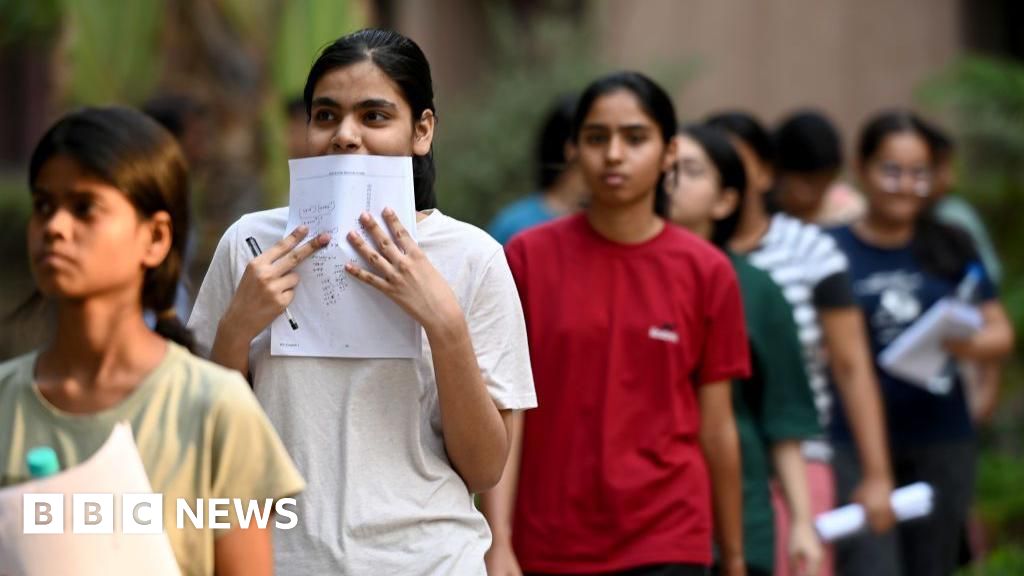A crucial medical exam in India has sparked anger, protests and allegations of cheating after thousands of candidates secured unusually high marks in this year’s test.
…
Millions of students take the exam every year, but only a small percentage get good enough marks to secure a college placement. But this year the challenge is somewhat different: too many candidates have got top marks, pushing down the ranking system and making it hard for even high-scorers to get admission.
Since the results were declared on 4 June, the exam has come under scrutiny for reasons ranging from errors in the question paper and grace marks (compensatory marks) being given in a faulty manner to allegations of paper leaks and fraud. Students and parents have demanded a re-test and dozens of petitions have been filed in courts to this end.
NTA officials have denied allegations of paper leaks, but on Sunday, federal Education Minister Dharmendra Pradhan admitted that “some irregularities” had come to light in certain exam centres. He said that no-one, including NTA officials, would be spared if irregularities were found. On Tuesday, India’s top court issued a notice to the NTA, saying that even if there was “0.001% negligence on the part of anyone it should be thoroughly dealt with”. But all this is small consolation for students who spend months or even years preparing for this highly competitive exam.
Tens of millions of students in India dream of getting into a good medical or engineering college every year - the professions command a lot of respect and also hold out hope for a steady, long-term income in a country with a jobs crisis.
This year, an astounding 2.4 million students competed for just 110,000 available seats in the NEET exam, underscoring the intense pressure and fierce competition faced by aspiring candidates.
Of the total seats, 55,000-60,000 seats belong to government-run colleges, while private colleges offer the rest. Half of the seats are reserved for underprivileged students.
Students flock to government colleges for their affordability. A five-year MBBS course in a government college costs between 500,000 and 1 million rupees ($5,992 - $11,984), whereas private colleges can charge up to ten times more.
When results were announced on 4 June, it turned out that an unprecedented 67 students had achieved the perfect score of 720 marks.
Since 2016 - when NEET became the official entrance exam for medical colleges in India - only one to three students have got full marks each year, and sometimes not even that. This year, there was also a significant increase in the number of candidates scoring in the high range of 650-680 marks, intensifying the competition for seats in India’s top medical colleges.
The unusual results sparked concerns among parents and students, who alleged irregularities in the exam’s conduct and grading and called for an investigation.
But the NTA refuted these allegations, saying that the “integrity of the examination had not been compromised” and that there were more high scorers this year because more students had taken the exam.
It also said that 1,563 candidates were given “grace marks” for delays at exam centres and because a physics question turned out to have two correct answers. Notably, 50 out of the 67 top scorers achieved perfect marks due to these compensatory points.
But on 13 June, India’s top court cancelled the compensatory marks after several students filed petitions challenging the NTA’s decision, calling it “arbitrary” and “unfair”.
The Supreme Court also asked for students who had received grace marks to be given the option to take the test again - this is set to be held on 23 June. But protesters say the court’s ruling doesn’t address the larger issues they raised, like allegations of paper leaks, cheating and systemic corruption.


